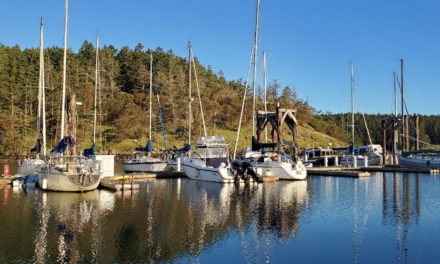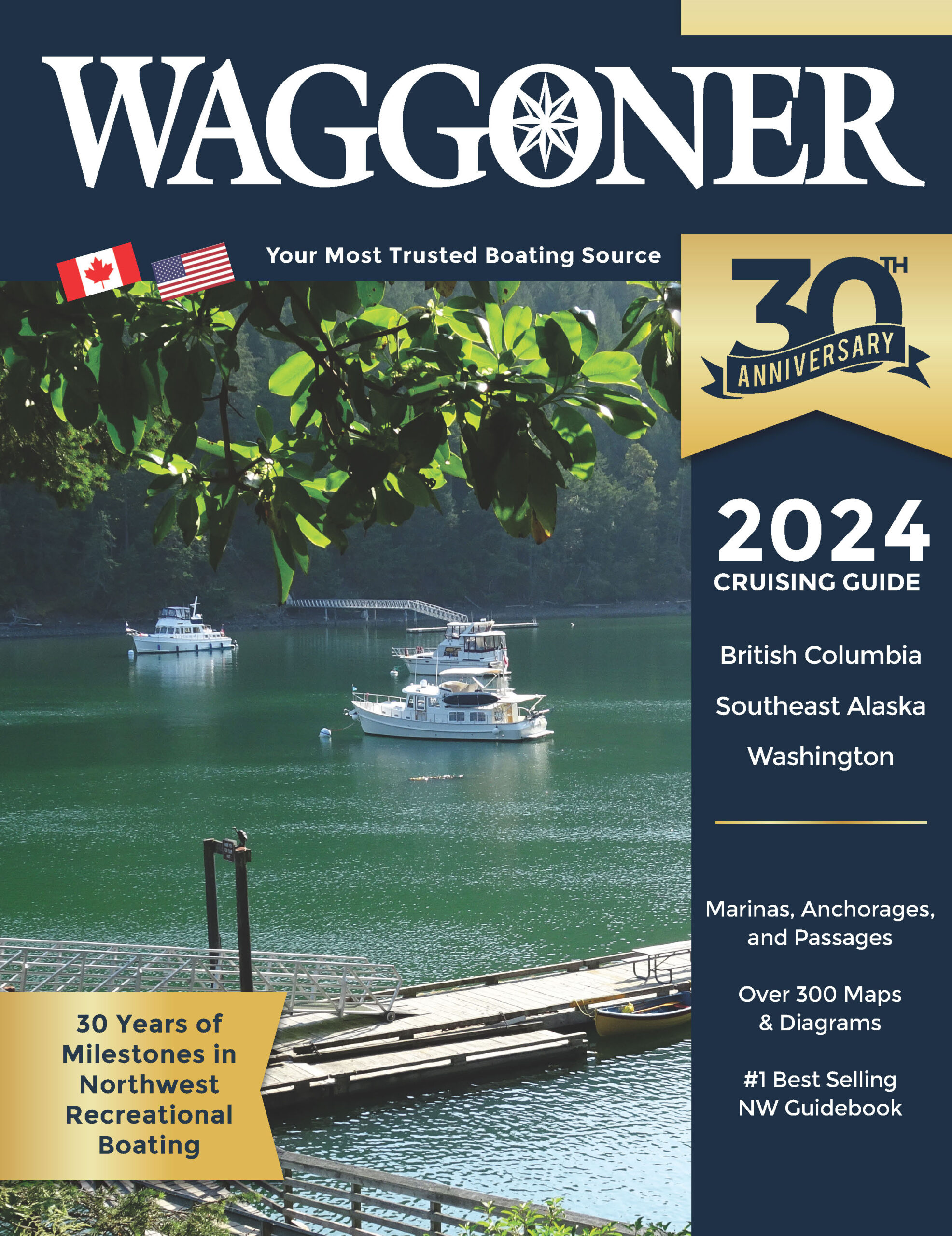Yes, to use a metaphor from the 1984 futuristic novel by George Orwell published in 1949, which predicted the effects of surveillance – “Big Brother is Watching You.” No, we are not advocating stealth actions, turning off your AIS transponder; however, boaters do need to be aware that AIS is being used for other purposes.
Since the development of AIS (Automatic Identification System) in the 1990s, vessel tracking for the purpose of collision avoidance has resulted in safer pilotage, with the ability to contact other vessels by name. AIS transmits a ship’s position so that other ships at sea are aware of its position in addition to the ship’s name, length, speed, and heading.
AIS is required for commercial and large vessels; most recreational vessels are not required to send or receive AIS, but many recreational vessels today have AIS and appreciate the added safety measures it provides. The intent of AIS is to facilitate collision avoidance between vessels.
AIS transmit facilitates the Coast Guard and other enforcement officers to contact boats on the water regarding restricted areas and other safety concerns. Boats that have strayed into Military Restricted Zones, or entered a Wildlife No-Go Zone have been contacted via VHF with a warning. Likewise, boaters are sometimes contacted for excessive speed through designated Go-Slow Zones. With so many stakeholders involved in our waterways, boaters increasingly must do their due diligence to avoid accidentally entering zones that are seasonally or permanently closed to boats.
It has come to our attention that government agencies have been tracking boats transmitting AIS for their own purposes. We have received reports from several Northwest boaters who have been contacted by government agencies after their AIS was monitored or tracked. One boater was fined for anchoring prior to clearing customs in British Columbia as shown by their AIS, and at least two boaters received a registered letter from Transport Canada for busting the No-Go Zone Interim Sanctuary for Southern Resident Killer Whales, located off southwest Pender Island. AIS monitoring is happening on the U.S. side of the border as well related to Vessel Traffic issues and pilotage exemption issues of foreign-flagged boats. On the East Coast, a boater traveling from Florida to New Jersey received a notice in the mail from authorities, declaring that he owed $15,000 ($7,500 for each occurrence) for transiting through a seasonal whale protection zone(s) exceeding a speed limit that was in effect.
With the growing number of marine programs and closed areas in addition to vessel traffic lanes, recreational boaters are challenged to remain alert and aware of their boat’s position. Waggoner recommends using the most up-to-date charts, with all restricted operating areas noted. Boaters should also review current border procedures. The use of AIS for tracking purposes may be another case of privacy concerns to be addressed in the near future, similar to the use of cellphone tracking used by many police departments across the country, with both positive and negative results.






